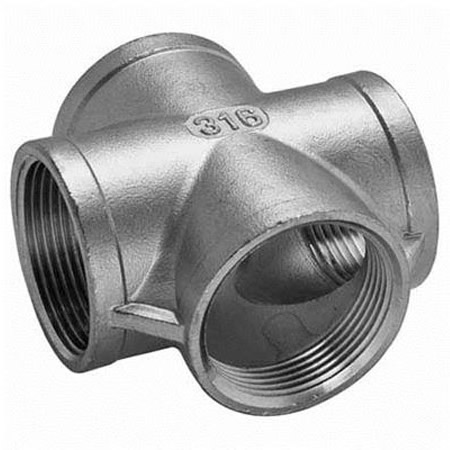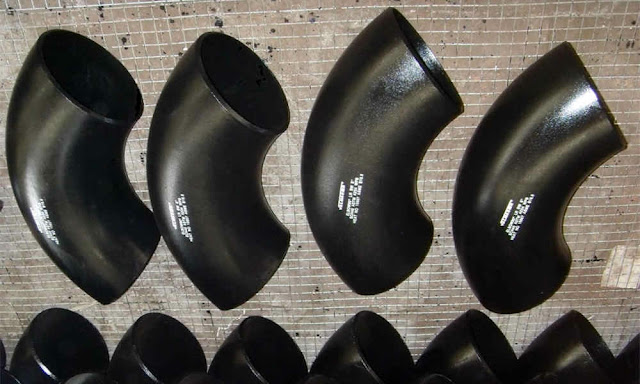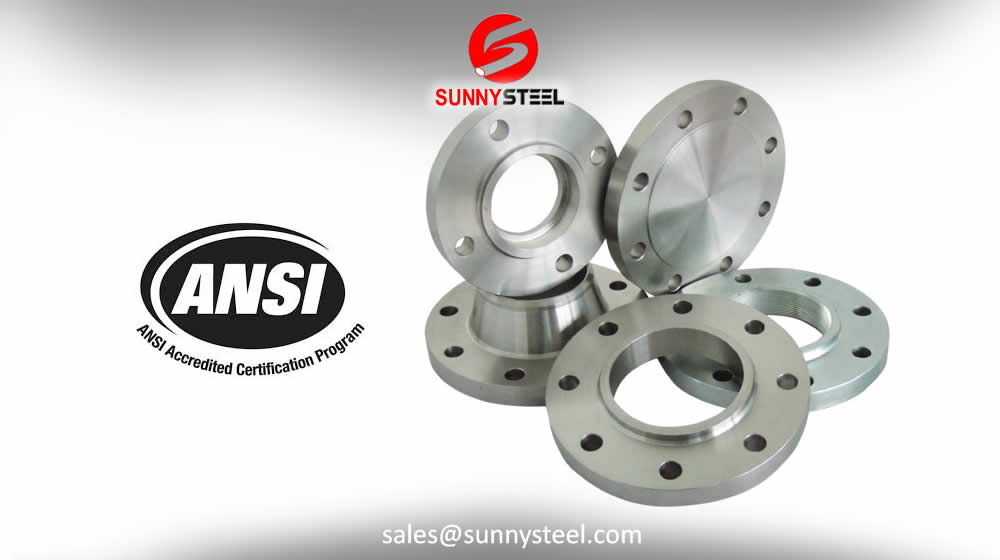ISO, the International Organization for Standardization

ISO (International Organization for Standardization) is the world’s largest developer of voluntary International Standards. International Standards give state of the art specifications for products, services and good practice, helping to make industry more efficient and effective. Developed through global consensus, they help to break down barriers to international trade. What we do ISO develops International Standards. We were founded in 1947, and since then have published more than 19 000 International Standards covering almost all aspects of technology and business. From food safety to computers, and agriculture to healthcare, ISO International Standards impact all our lives. Story of ISO The ISO story began in 1946 when delegates from 25 countries met at the Institute of Civil Engineers in London and decided to create a new international organization ‘to facilitate the international coordination and unification of industrial standards’. In February 1947 the new orga




